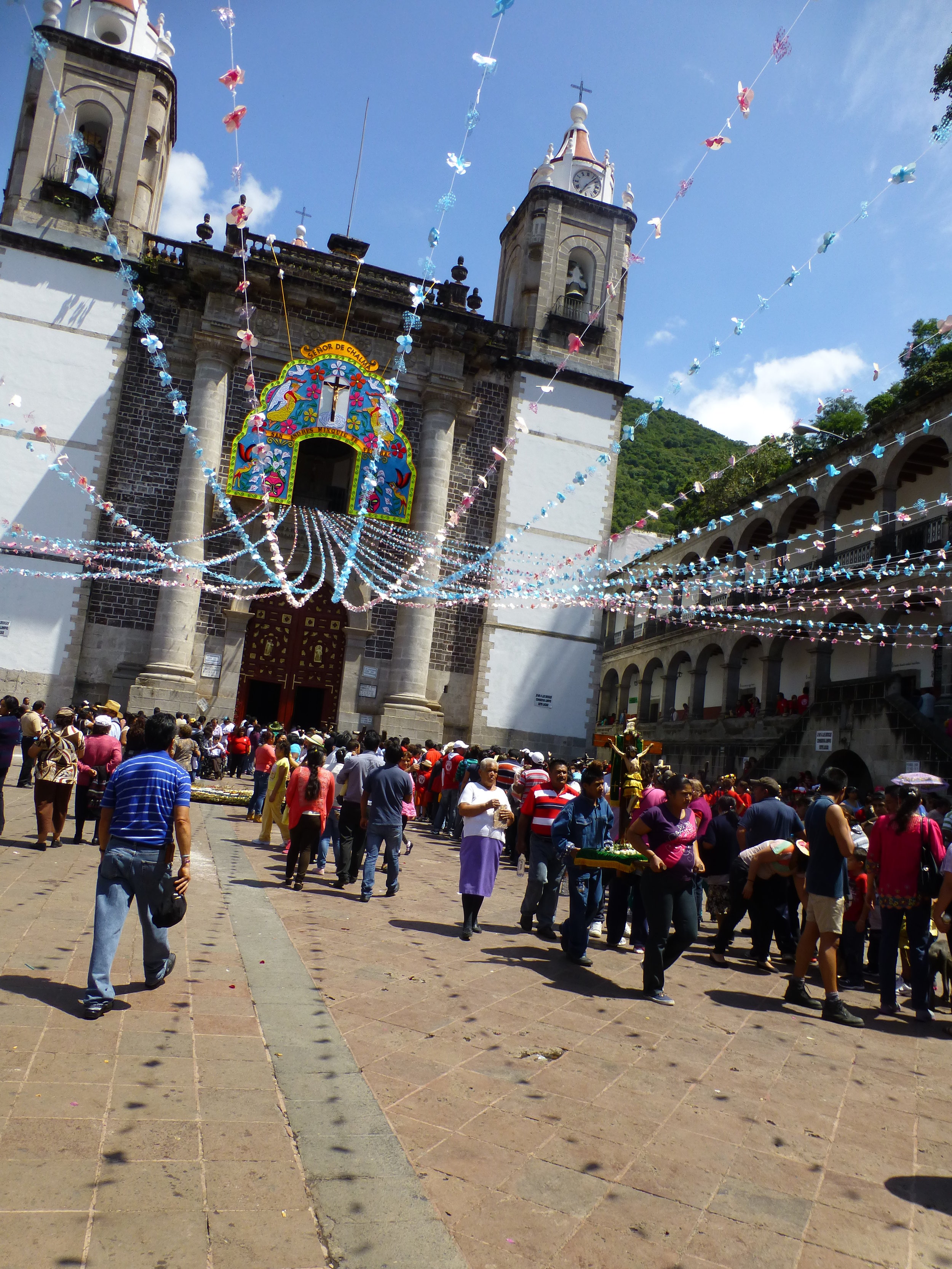I would like to continue to post jolly observations about Mexico City and my progress as a writer. But the truth is that no one around here is feeling very jolly these days. It’s complicated. When I first noticed the enormous public outrage about the kidnapping, torture and, most probably, murder of 43 students in Ayotzinapa, Guerrero, last September, I kind of wondered why everyone was reacting so strongly. Among the people expressing their shock and rage were many of my own friends. I couldn’t help but ask myself, where have these people been for the past ten years? Asleep, like Rip Van Winkle? Don’t they know that in Mexico people are murdered and disappeared every day, victims of a state – politicians, the police and the armed forces – that colludes with drug cartels and gangsters, or are the gangsters themselves?
Some people said that what made the Ayotzinapa incident different is that the victims were young people studying to become teachers. That sort of logic makes me uneasy. Back in 2010, on one of my cases as a mitigation specialist, I had to travel twice to Ciudad Juárez. In the Monday morning newspapers, they would report on how many people had been murdered over the weekend. The victims were equally innocent – waitresses who worked in a nightclub, or guys who worked in a taco stand – murdered because their bosses had not paid their tributes to the local extortionists. No one rallied around the waitresses or taco guys. But their murders were no less unjust than those of the students.
Finally, I – and many others, I think – have come to see Ayotzinapa as the straw that broke the camel’s back. Numbering in the tens of thousands, Mexicans are protesting en masse all over the country, and huge demonstrations are planned for this Thursday, the anniversary of the Mexican revolution. People are protesting against a government that has been all about selling a false image about nonexistent social and economic progress to the rest of the world. A government dedicated to crony capitalism disguised as political reform. A government that, at least for a while, convinced conservative institutions such as the World Bank and the Woodrow Wilson Center that there is an emerging middle class in the country – a social class that exists only in their collective imaginations.
It is difficult for me to imagine where Mexico will go from here. What worries me is that, while there is a long tradition in this country of public protest, there is virtually no civic culture. There is no understanding of how citizens can work, however slowly, stubbornly, and perhaps even inadequately, to make changes in government. (It also troubles me that, as far as I can tell, impeachment does not exist in the Mexican political process.) What I have seen happen before is that protest movements rise up. The government reacts insufficiently, or not at all, waiting it out until the protesters get tired, and ultimately the movement dissipates and then disappears.
While I don't think there is any reason to be optimistic, I hope against hope that this time will be different.





